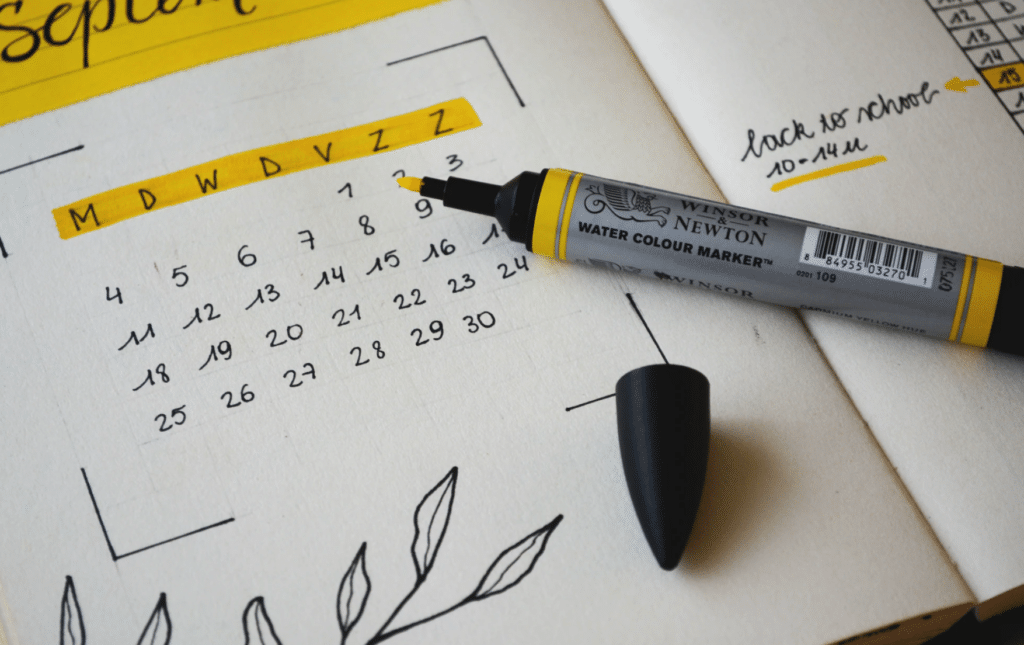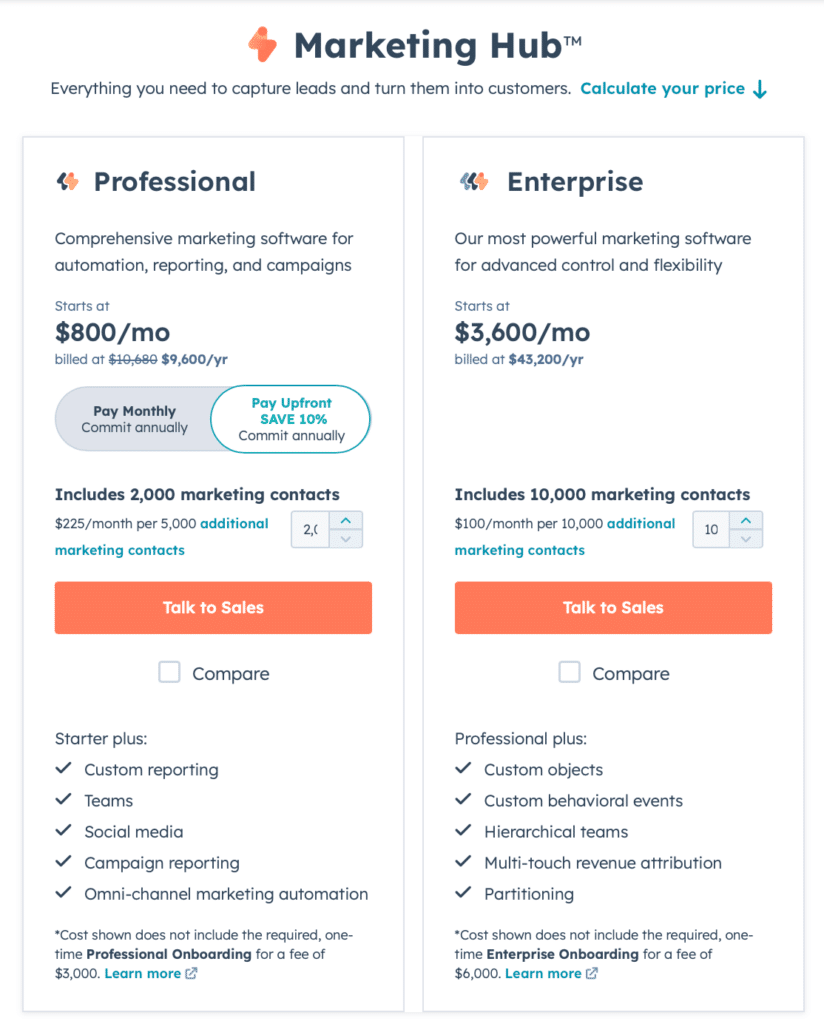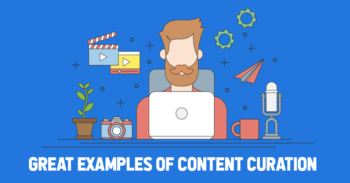What’s Broken with B2B Selling (& How to Fix It)

B2B selling (and SaaS selling) has long been accommodating what’s considered a long, winding buyer journey as clients make tough decisions driven by the bottom line.
Many B2B customers today, however, find themselves frustrated with the buying process. And there are plenty of experts that wholeheartedly believe that B2B selling has gotten itself stuck into a rut that doesn’t really work for anyone— the buyers and the sales team included.
So what’s wrong with B2B selling today? In this post, we’re going to look at what’s broken with the current B2B and SaaS sales funnels according to experts in the field, and what brands can do to adapt.
What We Do Know About B2B Selling
Before we start looking at what’s broken with B2B selling, let’s take a minute to talk about what we know about B2B and SaaS buying/selling, and what is actually true.
1. B2B Selling Can Be Complex
The fact that “B2B selling is long and complex” can be true.
Willem Mass is the Founder and President of win/loss analysis service Growth Velocity and specializes in businesses with longer sales cycles. “We specialize in complex sales. These deals have long, 12-18 sales cycles, with naturally many factors influencing how long it takes to close a deal.”

This means that B2B selling can be nuanced and take a long period of time to close a deal, though this isn’t always the case. The larger the deals and organizations you’re working with as clients, the longer the buying cycle will likely be.
2. You Are Likely to Work With Multiple Decision-Makers
Again, this depends heavily on your specific product and your ideal customer profile (ICP). If you’re targeting freelancers or solopreneurs, you have just one decision-maker, but that’s not the case as soon as you move beyond that audience segment.

This means that you may be working with multiple decision-makers (even including a legal department), and in some cases, you may not be working directly with the end user at all.
3. Custom Pricing is Sometimes Necessary
We will talk a lot about pricing transparency soon, and sometimes the best bet for large corporations is to get custom pricing. There’s nothing wrong with that, and in many cases, large organizations are completely open to that.

Custom pricing allows your sales team to create win-win opportunities for both parties involved, as you can land larger deals and they get solutions that scale.
So What’s Wrong With B2B Selling Today?
There’s no denying that B2B selling and buying can often be frustrating, to the point where it feels inefficient. This isn’t true for every brand, but if you’re a repeat B2B or SaaS buyer, especially at a high level, you’ve likely run into this more than once yourself. There are a few issues that contribute to that.
1. Sellers Don’t Understand Real Buying Obstacles
In many cases, your buyers may have many objections that you never know about.
You may know about pricing being a potential issue, for example. But do you know if the pricing model or pricing complexity is actually the issue at play, and how to overcome that objection?
According to Mass, “Many factors influence velocity, potentially including pricing models or pricing complexity, the legal team’s option, and advocacy from different teams (such as a technology team vs. a legal team). You must understand the specifics of your go-to-market, your buyer, and your competition.”
This is why he created his win/loss analysis agency: To help his clients determine which factors are actually driving wins or driving losses; in many cases, he found that the businesses themselves weren’t aware of which factors were making an impact, and how much of an impact they were making.
This is common in B2B and SaaS sales, and if your sales team doesn’t know what obstacles are actually in place, nothing can be changed and they have little chance of successfully overcoming them.
2. It’s Like Pulling Teeth Getting the Information They Need
Tim Davidson is the Senior Director of Marketing at Directive Consulting, and he’s long been talking about the frustrations potential clients have during the B2B or SaaS buying process.
When asked about what’s most frustrating for buyers during the traditional B2B selling process, this was his answer:
“Most frustrating has to be the time it takes to buy, or even get the information they need to decide if they want to continue pursuing the product or not. It shouldn’t take weeks to be able to see your product and get pricing.”
There’s no surprise here; this is one of the most commonly cited issues I’ve heard my own clients complain about when trying to find a new project management or CRM tool. It takes a week or so to schedule a demo, and even then the sales team doesn’t always want to be transparent about pricing even though that’s often a core factor in decision-making.
3. They’re Making Buyers Do The Heavy Lifting
It is a well-known fact that you want to reduce obstacles in the buyer’s path, making it as easy as possible for them to take the next step toward whatever that next conversion-focused action is.
Too many B2B and SaaS brands are failing in pretty simple ways, however.
A great example is demo scheduling. Davidson said that during an extensive study, they found that out of 687 B2B SaaS demo pages, only 4% had a scheduling link. Scheduling links make it unbelievably easy for interested buyers to book a demo, and it reduces friction points. He sums it up well here:
Many sales teams also know what questions and information buyers may be looking for. If you’re able to provide more answers to those commonly asked questions upfront, they’re deeper in the buying process before they come to you, and more confident in their decision to do so.
4. Sellers Sell At Buyers
Donti Twine is the Sales Specialist Director at Kaseya, and he’s had a successful career in technology sales.
Twin expressed that a huge problem with B2B selling is that today’s B2B buyers have changed… but selling hasn’t really always adapted to it.
“Buyers today are more informed on goods and services in their industry,” he said. “Traditional sales tend to focus on why a product or service is better than the competition, but rarely focuses on the business problem the buyer wants to solve.
“Sales teams are constantly pitching instead of listening to understand. Today’s buyers are more savvy, with information all over the internet. They generally have an idea of the challenges they face and have an idea on how they can solve it.”
And unfortunately, sales isn’t listening. They’re trying to pitch the highest-tiered plan they think they can get the client to buy, or pushing new flashy features that the buyer may not have any interest in. The B2B brand’s team has aggressive sales goals, and they, unfortunately, don’t always take the buyers’ true needs into consideration.
What Brands Can Do to Improve Their B2B & SaaS Buyer Journeys
If you’re working for B2B or SaaS brands, there’s a good chance that at least one of the concerns above may be impacting your bottom line. Most of these issues have been expressed by B2B buyers many times over… and B2B brands haven’t always heard or listened.
So what can brands do to improve their B2B and SaaS buyer experiences? Our experts shared a few great tips.
1. Understand What’s Impacting Sales & Losses
Mass shared that many of his clients didn’t know what business elements were driving sales or causing their teams to lose sales, so this should be an important first step.
Whether you hire a win/loss service or not, make sure you’re diving deep into buyer feedback, as well as feedback from those who didn’t become customers.
Ask for honest reviews from leads that didn’t convert using an initial survey, and ask if you can follow up for more information. You may have a specific obstacle or two in place that’s making your selling process inefficient or unpleasant for buyers, and you want to root that out.
2. Provide More Information Upfront
Sometimes improving the buyer’s journey is allowing buyers to determine for themselves if they are or aren’t a fit very early on. There’s no point selling to someone who has no chance of converting; it just wastes everyone’s time.
“One-way buyers can shorten the buyer’s decision-making process is to disqualify faster by giving the buyers the information they need faster,” Davidson shared. “For example, Pricing, telling someone the price upfront will deter people that can’t afford you early and fast.”
He also stressed that you can also preemptively and proactively apply answers to commonly asked questions in a highly visible place on your site, including in FAQ sections on product pages.
“Answer common questions your buyers ask in your marketing so that when buyers come to you they know what they’re getting into and have already started the buying process before even speaking to you.”
3. Make Demo Scheduling Easier
When asked what was one change B2B brands should make to their selling approach to improve the customer experience, Davidson said there were quite a few things, but there was one simple one to start with.
“The lowest hanging fruit would be to allow buyers to schedule the first call right there on your website. When someone submits the demo form, instead of sending them to a thank you page stating someone from the team will reach out via email, instead send them a scheduling link where they can book the call. Buyers will be happier and your lead-to-demo held rate will also increase. It’s a win-win for everyone.”
4. Adapt Your Selling Approach
Make sure that your team isn’t just selling to team members. This is something that may require training, especially if it’s different from how you operated before.
“For today’s buyer,” Twine explained, “They want someone that is more consultative, has mutual interests involved, and reviews how their product/service not only solves a problem today but helps potentially avoid additional pitfalls in the future.”
The lead doesn’t want an endless spiel; they want to understand how your product solves their specific problems. If they feel like you’re just selling the highest plan to you, they’ll disengage fast. The goal should be to listen to the client, ask leading questions, and make product or service suggestions based on what they’ve heard.
Final Thoughts
When you want to increase sales, there are a lot of steps you can take and different angles to look at. You may, however, want to consider that the selling process itself is maybe a little flawed and look at some of these suggestions for potential improvement.
All three of our experts have helped their clients or employers improve their selling processes to great results along the way, so this is tried-and-true information for B2B and SaaS brands.
What will you start with first?
Looking for more tips about how to scale your SaaS brand? Subscribe to our blog so you never miss a post!

